
sabrigade
-
Posts
1,707 -
Joined
-
Last visited
-
Days Won
34
Content Type
Profiles
Forums
Blogs
Gallery
Events
Store
Posts posted by sabrigade
-
-
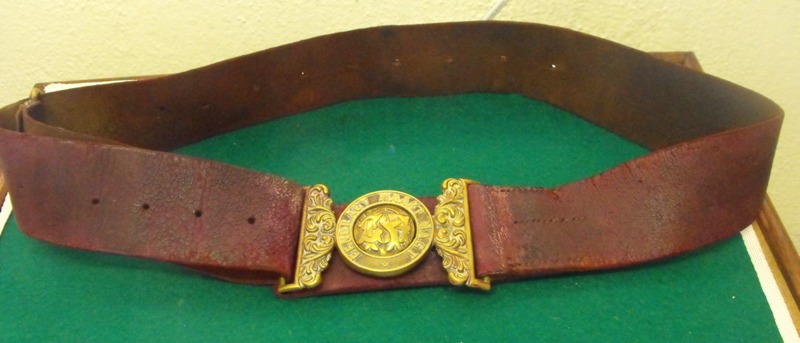
A photograph showing the original leather belt with the buckle.
0 -
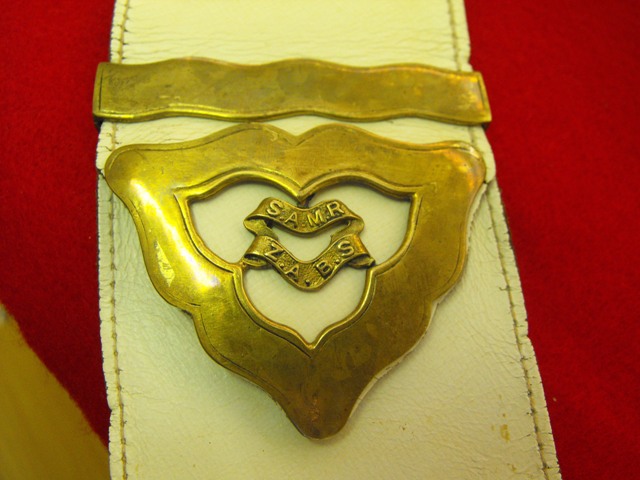
Better view of the badge details.
0 -

A white SAMR cross-belt, possibly for a bandsman?
0 -
The medal was manufactured by Hamilton and Inches from Glasgow.
0 -
Yes, manufactured in Glasgow in 1906 according to the hallmarks.
0 -
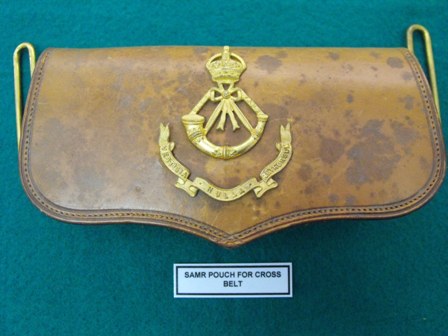
Officers's pouch with badge. This specific item is attributed to Major Gordon-Gray, DSO, MC, of the SAMR who was shot and killed by a sniper in Benoni on the East Rand during the 1922 strike.
0 -
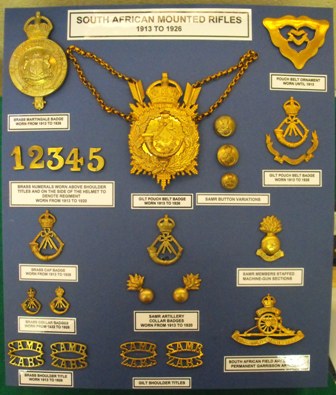
My SAMR badge collection.
0 -
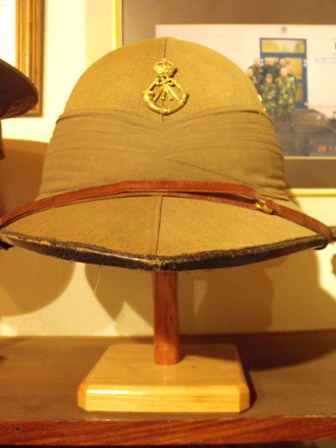
SAMR Wolseley pattern helmet.
0 -
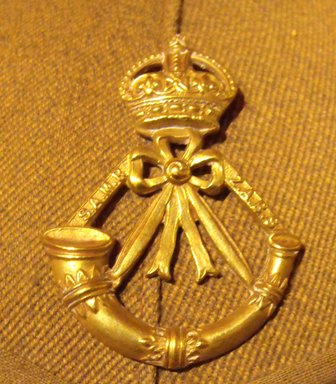
CAP AND HELMET BADGE
The South African Mounted Rifles were formed on 1 April 1913 from existing provincial Permanent and Police forces. The 1st Regiment was formed from the Cape Mounted Rifles, the 2nd from the Natal and Free State Police, the 3rd from the Natal Police, the 4th from the Transvaal Police and the 5th from the Cape Mounted Police. Until the start of WW1, the SAMR did policing work in many areas of South Africa.
When WW1 started, the SAMR became the 6th Mounted Brigade. They served in German South West Africa and then returned to South Africa where many memebers were released to serve in the Overseas Expeditionary Forces. The remainder did policing duties in South Africa.
In 1920, the disbandment of the force began. Most members then joined the newly formed South African Police. In 1926, the last regiment was disbanded.
0 -
Thanks Arthur,
Any more details on the previous helmet I posted?
0 -
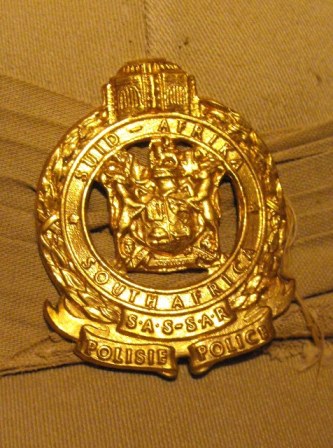
CLOSE UP PHOTOGRAPH OF THE BADGE
0 -

To qualify for the Anglo-Boere Oorlog Medal, individuals had to lodge their claims on prescribed forms and these forms were listed with rank, initials and surname. Proof had to be provided that the member had not given his parole or oath of allegiance before 31 May 1902. Officers were usually listed for confirmation and in many cases the battles in which the applicant had taken part were listed. The Boer forces referred to the Battle of Bergendal as " DALMANUTHA". This is a copy of Coetzee's application which was subsequently approved and his medal was issued in January 1923.
0 -
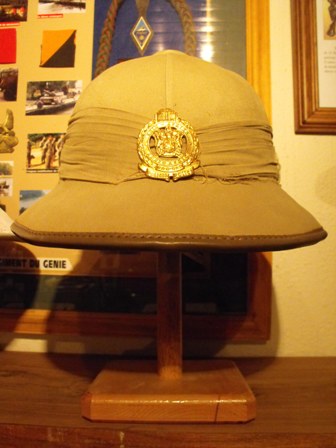
The later version of the Pith Helmet with a badge variation.
0 -
http://gmic.co.uk/uploads/monthly_05_2009/post-3034-1242571993.jpghttp://gmic.co.uk/uploads/monthly_05_2009/post-3034-1242571965.jpg
One of the Railway Police Pith helmets in my collection, badge makes it about the same period as the cap posted by Mervyn.
0 -
Hi Mervyn,
In Khartoum and have wife taking photographs in Johannesburg and then sending them to me so that I can join in the fun and add to your posts.
Regards,
Will
0 -
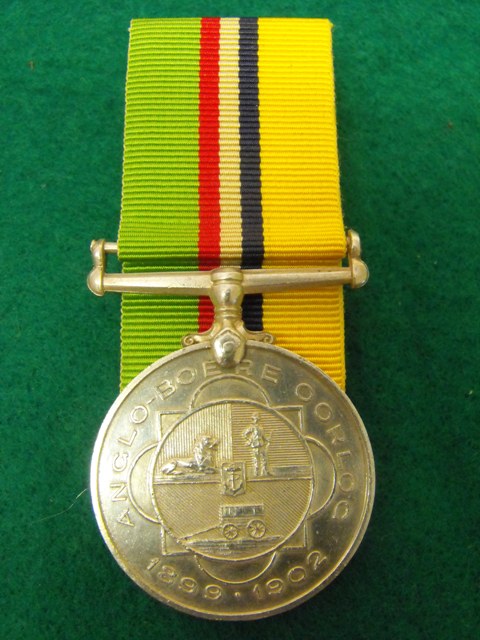
ANGLO-BOERE OORLOG (WAR) MEDAL : BURGER J. A. J. COETZEE, ZARP's
This medal was awarded by the Union government to officers and men of the former Boer Republics for loyal service in the war against the British. Burger Johannes Andrias Jacobus Coetzee was a member of the Johannesburg Foot Police. During the Anglo-Boer War he saw active service at the Siege of Ladysmith; Pretoria; Witrand and many other smaller actions. It was at the Battle of Bergendal, Southeast of a town called Belfast in the then Eastern Transvaal, that the ZARP's involved would confirm their fighting capabilities and reputation. The Battle was recognized as the last set-piece battle of the Boer War and it was here that a force of ZARP's, 70 strong, help up and faced the advance of Buller's Natal Field Army. Burger Coetzee was one of them. Casualty numbers of the ZARP's vary for the action but approximately 19 ZARP's were killed and 19 captured. The rest managed to escape. Burger Coetzee was captured later on in the war and only returned to South Africa in 1904. He was a P.O.W. in India.
After the battle of Bergendal, Buller described the ZARP resistance to Lord Roberts as follows :
" The enemy stood their ground with great gallantry, and only left their position when the Rifles were among them and the Inniskilling Fusiliers on their flank, between 20 and 30 of them keeping up the fire until actually made prisoners. "
0 -
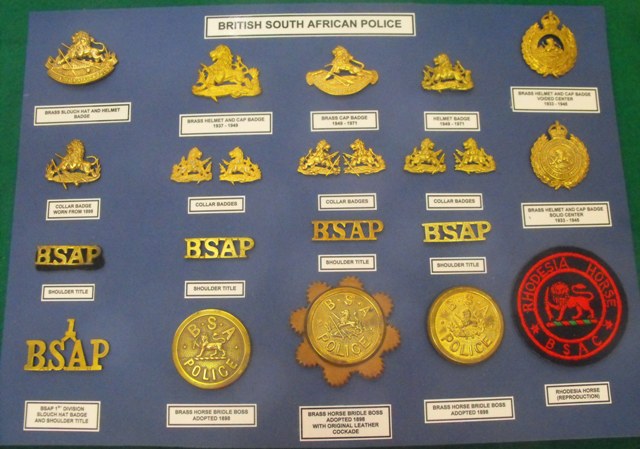
In the spirit of this new and very different forum, this is a photograph of my collection of BSAP badges and insignia. I have tried to stay away from the more modern versions and variations. Of interest may be the brass horse bridle bosses located in the bottom row.
Regards,
Will
0 -
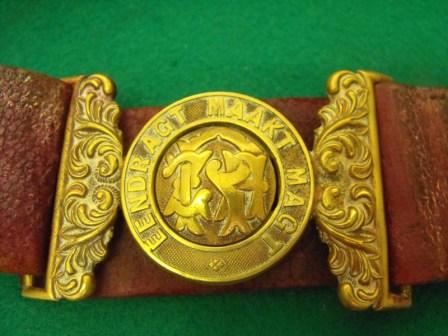
BRASS WAIST BELT BUCKLE AND BELT WORN PRE-1901
0 -
-
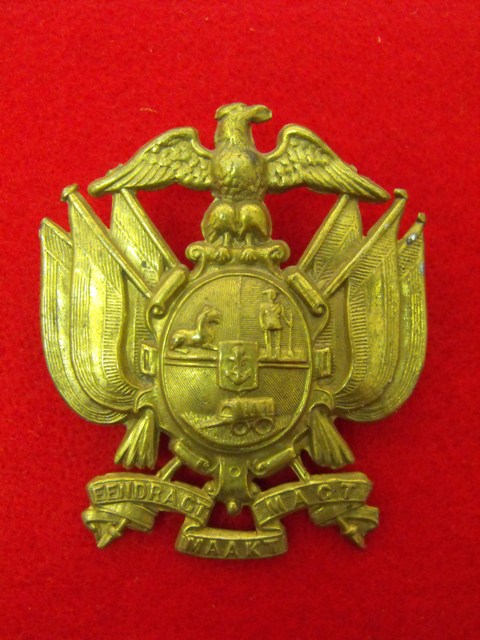
TRANSVAAL ARTILLERIE CAP BADGE WORN BY ZARP's PRIOR TO 1901
0 -
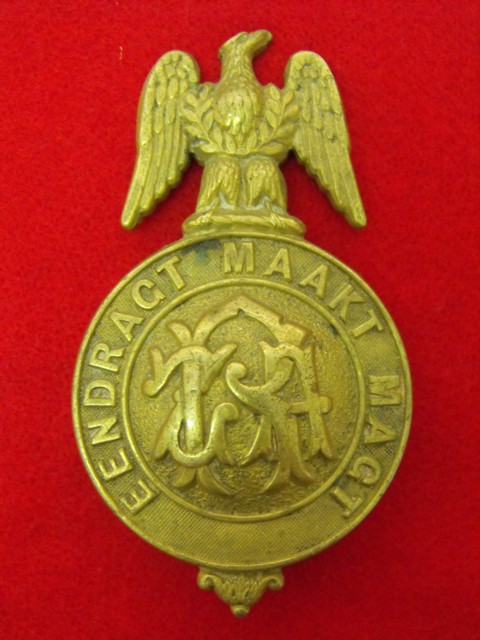
BRASS MARTINGALE BADGE WORN PRIOR TO 1901
This police force was the mounted and foot police of the Transvaal. From 1881 to 1896, they formed part of the Artillery and were then formed into a separate policing establisment. The force consisted of 20 officers, 100 NCO's and 1400 constables. Less than half the force was mounted but, during times of war, the whole force operated as a mounted unit. The ZARPS gained a formidable reputation as fighting soldiers during the Anglo-Boer War.
0 -
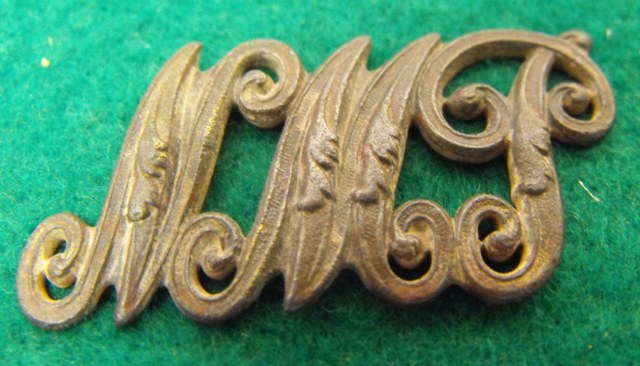
A badge from my collection, unfortunately all I have to this illustrious unit.
0 -

To show and emphasise the size of the award, the medal in the photograph is the Queen's Sudan medal.
0 -



Silver War Badge Award Certificate
in Great Britain: Militaria: Badges, Uniforms & Equipment
Posted
This is a recent purchase and addition to my collection of the Silver War Badge and related items. This is the first example that I have seen and I was unaware of the existence of this certificate confirming an award of the Badge.